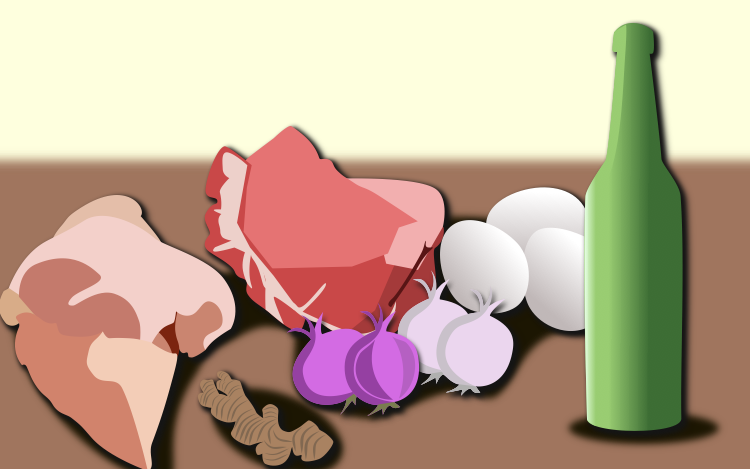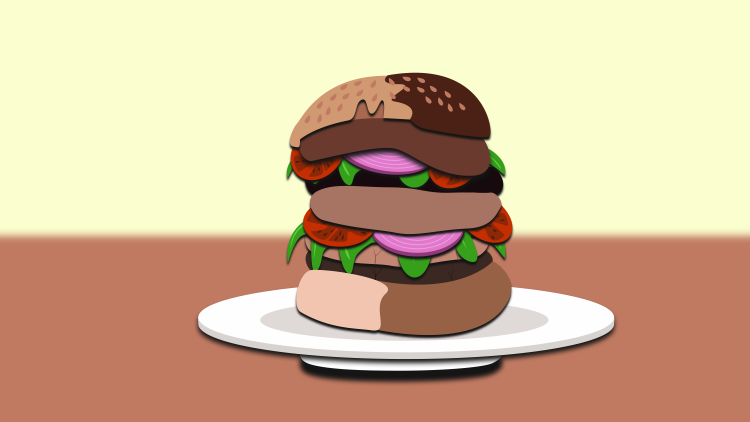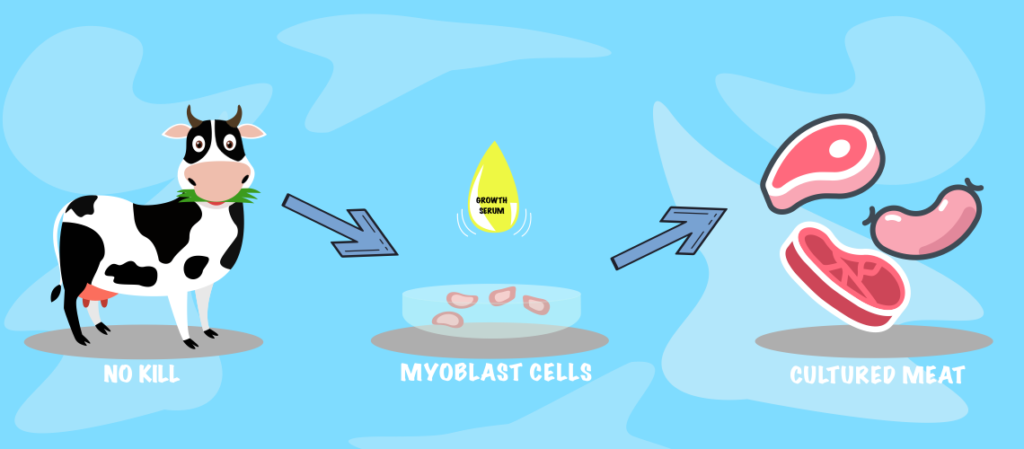
When tasting Indian food, you can immediately tell there is something unique about it, despite your culinary expertise. It somehow has the power to be powerful yet satisfying, potent however fulfilling, completely different nevertheless wondrous. Indian food is tasty, healthy, and continually contains the nicest spices.
The Taste of Exotic India
What makes Indian food therefore so characteristically exquisite is that its components have next to nothing in common, might it be the contemporary spices, the intoxicating aromas, or the rich ingredients that attract a large number of individuals to Indian cuisine?
Indian food is addictively delicious thanks to its distinctive approach to flavour. Indian preparation vogue is even more diverse than its people. Indian cuisine mixes ingredients that have utterly different flavours. It’s these specific roles every spice plays that offer Indian cookery its characteristic style.
So, within the spectrum of Indian dishes, every ingredient has something special to offer and are all creatively placed along to complement each other.
India lives in several centuries at the same time
Though commercialism with the British and Portuguese influenced and added to the already diverse Indian cuisine, the true essence of Indian cooking remains connected to its roots. The ancient Hindu text “Mahabharata” mentions rice and vegetable cooked together called “pulao” in Sanskrit.
Ayurveda, an ancient Indian system of wellness, deals with a holistic approach to wellness, and it includes food, dhyana (meditation) and yoga.
In Ayurveda, foods are accustomed to support and convey the three qualities of mind – sattva, rajas, tamas. Foods that support sattva are referred to as sattvic foods. Foods that lengthen rajas are called rajasic foods, and the foods which increase tamas are referred to as tamasic foods.
1. Sattvic food – Sattvic means pure essence. A diet comprising light and healthy food which is immediately consumed 2-3 hrs after cooking. It doesn’t head to any extremes of taste – neither too sweet nor too salty or spicy, simply moderate.
Sattvic foods are those foods that don’t irritate your abdomen in any aspect. Pure food (unprocessed) like fresh fruits and vegetables that are light in potency and rich in prana (life force) is the basis of the sattvic diet.
These include sprouted whole grains, fresh fruit, land and sea vegetables, pure fruit juices, nuts, etc. This is the purest diet for a consciously spiritual and healthy life.

2. Rajasic Food – The foods that irk pitta and vata doshas and increase anger and restlessness are referred to as rajasic foods. All food items created by harming living beings (such as meat and fish) are a vicinity of the Rajasic diet. These foods prompt the body and mind into work.
When taken in excess, such foods can cause hyperactivity, restlessness, anger, irritability, sleeplessness, and increase toxins produced in the blood. The mind-body equilibrium is destroyed by rajasic foods.

3. Tamasic Foods – Foods that increase inner dullness and uncertainty are known as tamasic foods. When sattvic food is prepared in a tamasic or toxic environment, it becomes tamasic food and is not fit for consumption.
Foods of the tamasic diet are those which dull the mind, breed confusion and disorientation. Stale or warmed over food items that are too oily are serious on the abdomen and artificial foods come under this category. Tamasic food is the most damaging food of all.

Good Food is Good Mood
Indian method of cooking and consumption is a brilliant amalgam of science and discipline. The basic ingredients in each Indian recipe make use of unsaturated oil like vegetable oil or saturated oil that is ghee.
Spices like cumin, bay leaf, fenugreek, mustard seeds, asafoetida (hing), curry leaves, etc. form the basis of the Indian tarka. Oil is used to cook all the spices to absorb the flavours and make the prepared food more palatable and appetizing.
Apart from adding flavour, these spices also have many health benefits like antibacterial properties, anti-inflammatory action that boosts heart health and aids digestion.
The most prominent part of Indian cuisine is rice and dal (lentils), they’re mostly eaten in a combination and are considered as the staple diet of India. The combination of rice and dal helps in substituting the essential amino acid that they individually lack. For example, rice is rich in sulfur-based amino acid whereas dal is rich in lysine amino acid. By combining the two, we consume a healthy, well-balanced meal with complete protein nutrition.
According to Ayurveda, eating should involve all the senses. Therefore, in India, we mostly eat with our hands. The nerve endings of our fingers are connected to the digestive system. When they come in contact with the food, they stimulate the gastric system and activate digestive juices. Thus, feasting with hands aids in proper digestion. Here I come, Rajma chawal !!
Food is one of the cultural identities of every community. Being the land of yoga and spirituality, Indians have always tried to introduce every healthy aspect into the food and that is why yogic food is called sattvic food. So as Indians we must acknowledge the deep science in the ancestral ways of eating. We must not forget the valuable lessons which are passed down to us.
It should be known that food, should be consumed from a proper wholesome and balanced diet so that all the body constituents are formed. Food isn’t solely essential for our physical well-being, it provides nutrition for our mind also.
That is why it’s aforesaid that ‘we are what we eat.’ Food is a very important facet of Indian culture, we celebrate every meal we eat. So, we must relish food the right way, the Indian way.
Editor: Sharmistha Dey
Visual Content: Anubhav Maharana

Jayanti
Author
Jayanti is a 4th year food technology student who is really keen to learn about about nutrition science and its importance in one’s life. Basically,she hopes through her simple content people get an idea about what they should eat or not.


